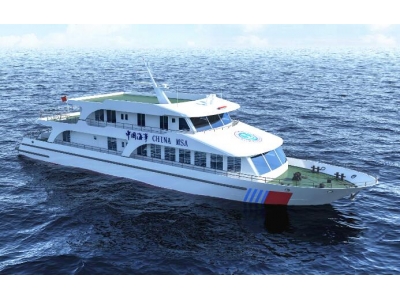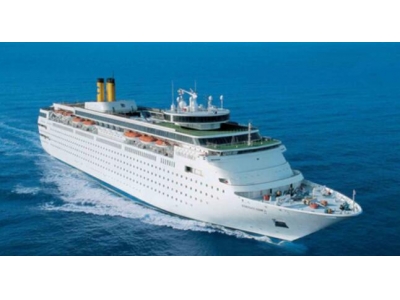Introduction
Ship stranding is a common occurrence in the maritime industry. It refers to the situation when a ship runs aground and becomes stuck on a shoal, sandbar, or any other type of submerged object. Ship stranding can have serious consequences and requires immediate attention and action to ensure the safety of the crew, passengers, and the environment.
Causes of Ship Stranding
There are several factors that can contribute to ship stranding, including:
- Human Error: Navigation errors, miscommunication, and lack of proper training can lead to ship stranding.
- Weather Conditions: Adverse weather such as storms, fog, and strong currents can make navigation challenging and increase the risk of ship stranding.
- Equipment Failure: Malfunctioning or unreliable navigation equipment can contribute to ship stranding.
- Environmental Factors: Shifting sandbanks, underwater obstacles, and unexpected changes in water depth can cause ships to run aground.
Consequences of Ship Stranding
Ship stranding can have serious repercussions, including:
- Environmental Damage: When a ship runs aground, it can release pollutants into the water, causing harm to marine life and ecosystems.
- Economic Losses: Ship stranding can disrupt maritime trade, leading to financial losses for shipping companies and port authorities.
- Safety Risks: Stranded ships pose risks to the safety of the crew, passengers, and nearby vessels.
- Legal Consequences: Shipowners may face legal liabilities and penalties for any environmental damage or safety breaches caused by ship stranding.
Solutions to Ship Stranding
Prevention is the key to avoiding ship stranding, and several measures can be taken to minimize the risk:
- Proper Training and Certification: Ensuring that ship crews receive appropriate training and certification in navigation and emergency procedures can help prevent ship stranding caused by human error.
- Accurate and Reliable Navigation Systems: Regular maintenance and updates to navigation equipment are essential to avoid equipment failure.
- Weather Monitoring: Continuous monitoring of weather conditions can help ships avoid adverse weather and make informed decisions regarding navigation.
- Regular Surveys of Waterways: Periodic surveys of waterways can identify changes in water depth and the presence of potential hazards, allowing navigation charts to be updated accordingly.
- Emergency Response Plans: Developing and practicing emergency response plans can ensure a swift and effective response in the event of ship stranding.
Conclusion
Ship stranding is a significant problem that can have far-reaching consequences. By understanding the causes, consequences, and implementing preventive measures, we can work towards minimizing the risk of ship stranding and ensuring the safety of ships, crew, passengers, and the environment.
Thank you for reading this article. We hope that it provided you with valuable insights into the topic of ship stranding and its various aspects.


